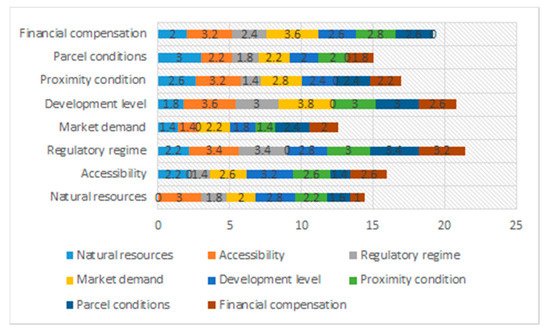In response to the UN Earth Summit of 1992, the National Council for Sustainable Development (NCSD) was established in August 1997. The NCSD, which is convened by the premier, consists of seven working groups and two task forces. NCSD has completed several important documents on Taiwan’s sustainable development, including Taiwan’s Agenda 21, the Taiwan Sustainable Development Indicator System, National Sustainable Development Policy Guidelines, Taiwan’s Declaration on Sustainable Development and the Sustainable Development Action Plans. These documents are working guidelines for the government and the public to promote sustainable development and review the related progress [
19].
In this regard, the United Nations has proposed 17 core goals as Sustainable Development Goals (SDGs) to be pursued and promoted by governments (see
Figure 1). Aimed at sustainable development, in 2017 and 2018, Taiwan held the second-stage citizen forum. Through this public policy network participation platform, with 2020 as the time point, Taiwan’s specific SDG goals and corresponding guidelines were proposed. According to the six transformation actions proposed by TWI2050, Taiwan’s sustainable development goals have been revised repeatedly [
20]. In the end, various ministries will integrate international trends, domestic needs, expert suggestions, and citizen opinions, and confirm and put forward 18 core goals, 143 specific goals, and corresponding indicators [
21]. These mainly include climate change, population aging, infectious diseases, energy stability and security, wealth gap, economic growth and employment, etc. [
22]. In 2018, “Transformations to Achieve the SDGs” pointed out that the key in implementing sustainable development goals lies in the following six transformation actions [
23]. In 2018, the first report by TWI2050 on “Transformations to Achieve the Sustainable Development Goals” identified six exemplary transformations required to achieve the SDGs and long-term sustainability by 2050 and beyond: (i) Human capacity, demography, and health; (ii) Consumption and production; (iii) Decarbonization and energy, (iv) Food, biosphere, and water; (v) Smart cities; and (vi) Digital revolution. The overarching strategy is to strengthen the five key aspects of the transition to sustainable development, i.e., systems, society, nature, human resources, and manufacturing.
Taiwan science parks in general, and the CTSP in particular, have been an integral part of the sustainability policies of the government. Therefore, the 17 core goals proposed by the United Nations Sustainable Development Goals (SDGs) are analyzed and discussed to evaluate the sustainable development and transformation achieved by the science parks [
24].
4. Conclusions
The figure obtained through the survey shows that the regulatory regime is the most important factor influencing the science parks. There is no support from the state and therefore the development of the science park is not running smoothly.
Democratization has reduced national autonomy. However, from the analysis of the CTSP case, people’s requirements and demands for environmental and transparency issues are gradually increasing. Taking the developmental state model in the CTSP as an example, it was found that public administration has an influential effect on sustainable development.
Its export value and employment population were released in 2019; the science park is still in the growth stage of development, but CTSP has leaped out of the “global network economy”, “spatial repair of global capital”, and the other science parks. The main reason for the discussion of the “regional relevance of corporate geographic expansion” lies in the fact that local forces influence the development of the park. It is not a capitalist market type, but a state-oriented model with a strong state and society.
對於科技園區而言,發展的成功並不簡單地定義為經濟增長,而是讓人類發展可持續。一方面,科技園的技術官僚主義和組織能力仍然是其成功的基礎。另一方面,地方首領爭取設立科學園進行選舉,以改善地方基礎設施,使科學園成為台灣集群治理的製度化形式。然而,自 2008 年以來,CTSP 一直面臨著近期發展鬥爭的困難。根據CTSP的發展史和訪談資料,本研究認為台灣的發展型國家結構仍然存在,而不是作為資本主義發展的因素,但政府的角色已經從領導國家轉變為引導國家。相反,它們已經適應和發展,仍然承擔著“市場引導”的社會使命作用,遠遠超出了新自由主義的範疇。
結論是,雖然國家在CTSP中仍保持經濟發展的結構,但將逐漸優先考慮社會和環境因素。因此,最近科學園區被賦予了可持續的環境治理,為人們的生活帶來了積極的影響。從衝突根源分析,國家經濟發展受到社會壓力的製約,對此,科技園採取的產業發展戰略逐步調整為“產、創、研、研相結合”。和跨境交流等多功能科技園區,帶動區域經濟發展”。政府將新科技園區的可持續性作為尋求經濟相對穩定發展的政策的核心價值。

